It is a truth universally acknowledged that Jane Austen is one of the most important writers of all time! Despite only writing six novels, her works have left an indelible mark on English literature. Her novels have been adapted countless times, are never out of print, and are said to have inspired or influenced some of the most famous writers throughout history and the present day.
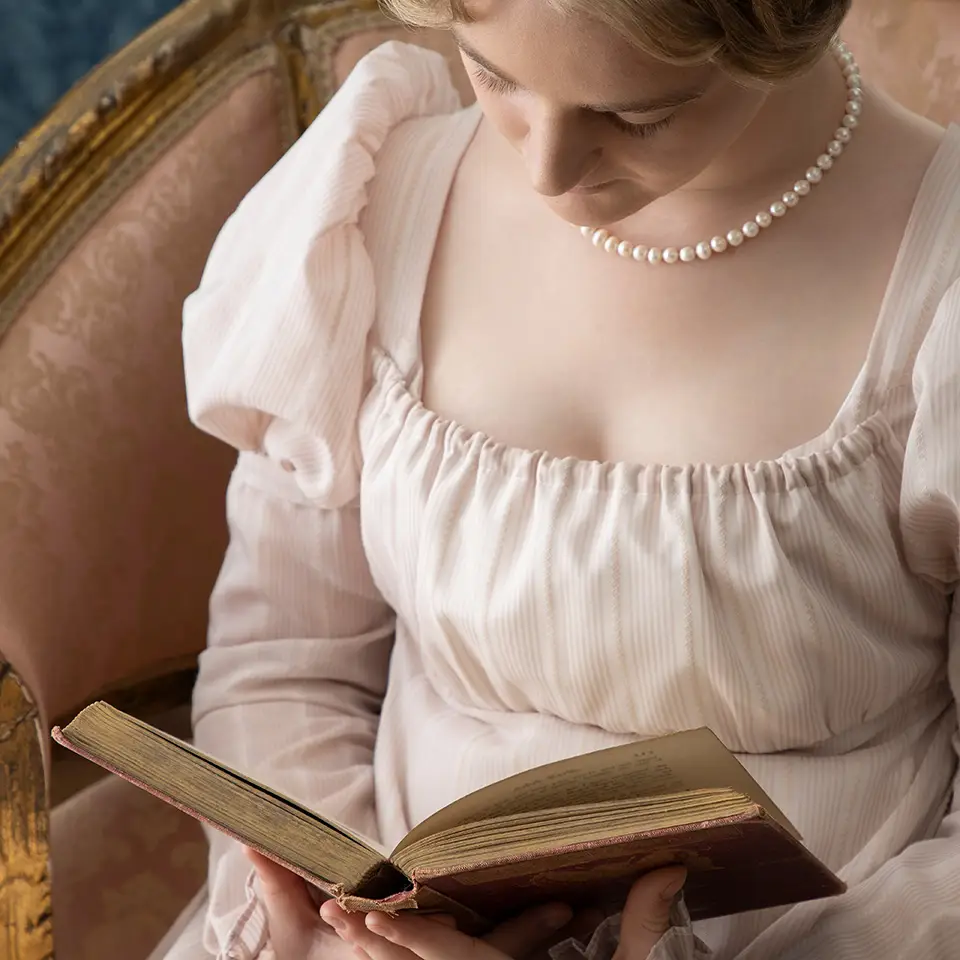
Jump to:
Despite her critical acclaim and fame, it’s a little-known fact that she did not receive recognition during her lifetime. Her novels were published anonymously and were much less popular than they are today. It was not until after her death that her books garnered the attention and admiration that she receives today.
Austen's plots often explore women's dependence on marriage to pursue favourable social standing and economic security. Her work gained recognition for implicitly criticising other works and social norms of the time, indirectly empowering and influencing other female writers.
In this blog, we delve deeper into the life and works of this acclaimed English writer. From her birth in Steventon to her eventual death in Winchester, we examine the life and books of Jane Austen.
Recommended for you!
Best SellersThe Life of Jane Austen
Early Life
Austen was born on December 16, 1775 in Steventon, Hampshire. She grew up in a small village with her father (Rev George Austen, a Church of England clergyman) and a very large household consisting of six boys and two girls. Additionally, her father took on male pupils who were taken in as boarders to supplement his clerical income.
The family also had a small farm that supplied them with meat and vegetables, maids, and manservants to help with household chores. Contrary to some popular beliefs, Austen was neither wealthy nor poor, and her childhood was not particularly troublesome.
One of the more eventful tales from her childhood came when she was six. Jane and her older sister Cassandra went away to school, initially in Oxford and then later in Southampton. They were quickly brought back home when a 'putrid fever' outbreak occurred in the town, causing both girls to fall ill and nearly die. Both girls eventually recovered.
Despite their limited formal education, the girls had unrestricted access to their father's extensive library, which nurtured Jane's lifelong love of reading.
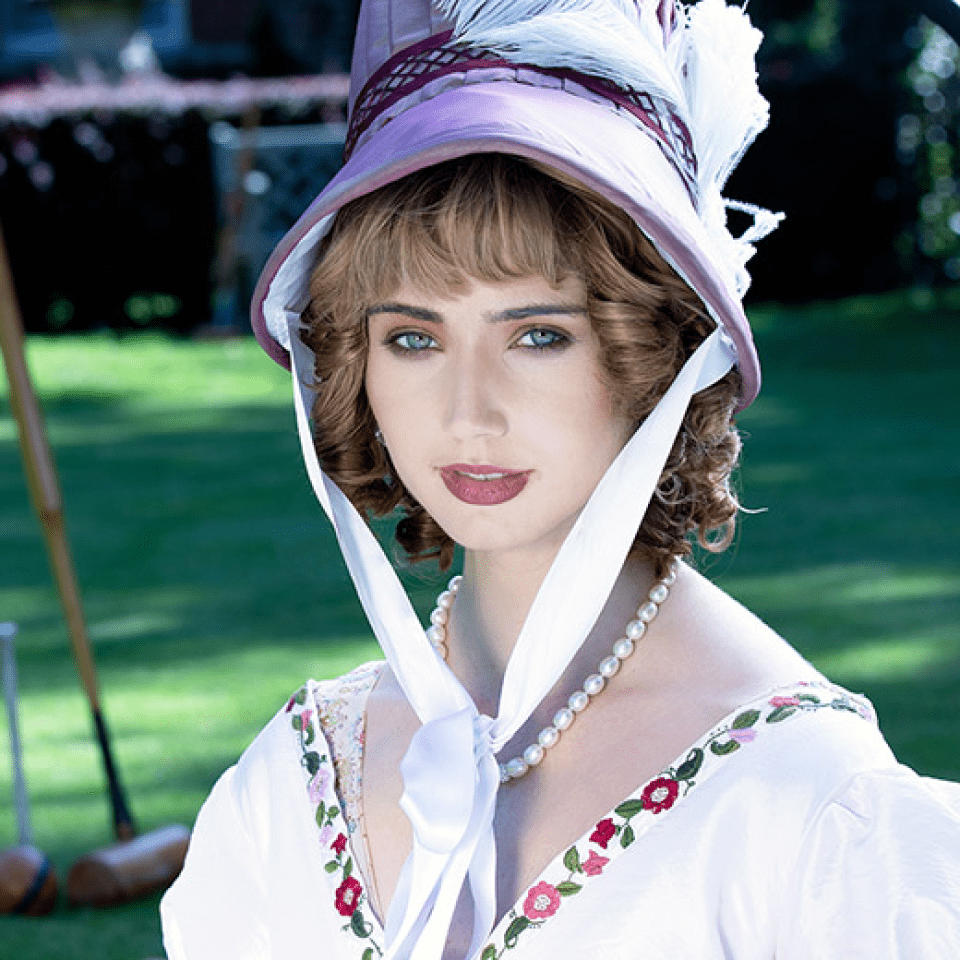
Teenage Years and Early Writings
The Austen household was highly literate and creative. They enjoyed playing games, acting, and writing. Years later, niece Anna described their charm and enthusiasm for creativity by saying they had 'all the fun and nonsense of a large and intellectual family.' It was in this nurturing creative environment that Jane began to discover her love of writing.
Between the ages of 11 and 17, she wrote countless stories, sketches and other forms of entertainment for her family and friends. Some of these works still survive today! They are preserved through three original handwritten notebooks, which Jane inscribed as Volumes First, Second, and Third. These works are held in the British Library in London and the Bodleian Library in Oxford.
Much of Jane's teenage works were spoofs or parodies of books she was reading. They were full of the angst that was expected of a typical teenager. In her narratives, girls behaved mischievously, rebelliously and in an unorthodox way for the time - getting drunk, binge eating food, stealing money, getting into fights and running off with each other's finances. Some of this riskier behaviour may have been based on some of Jane's own life. By many accounts, Jane was said to have danced and flirted with a young lawyer named Tom Lefroy when he came to visit his relatives. While this may not be particularly scandalous by today’s standards, at the time it was a little unusual!
While these early works may seem worlds away from her much more reserved and mindful adult novels, they clearly illustrated that she was finding her voice as a writer. They had little experiments sprinkled throughout and were full of clues about what would come from her.
In 1797, Jane's work titled First Impressions (which would later become Pride and Prejudice) was offered to a publisher via her father. The novel was unfortunately rejected. While this knocked Jane's confidence, it was a minor setback when you consider her eventful success. And if the original book had been published in its original form, who knows whether Pride & Prejudice would have become the beloved work that we know today!
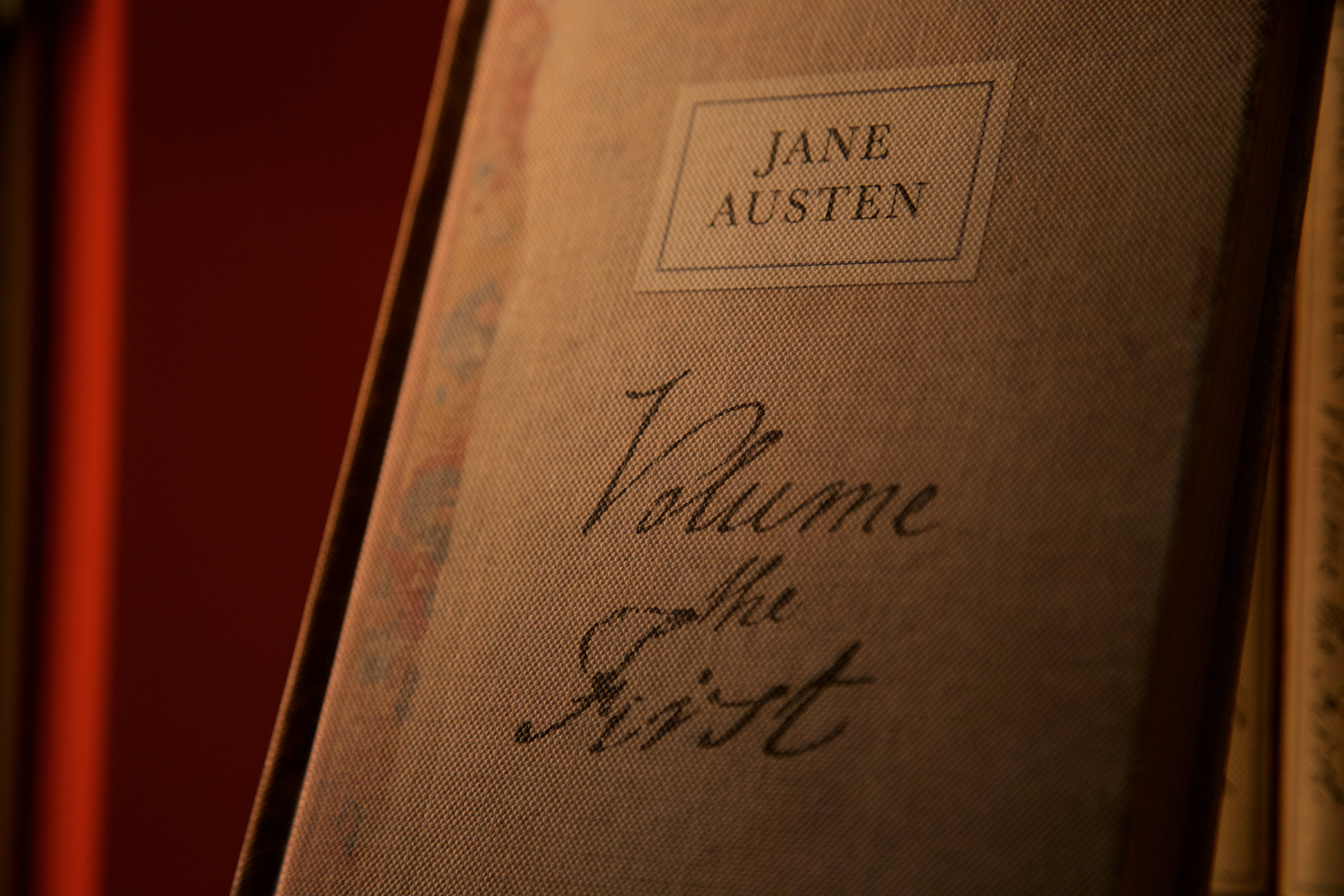
Early Adult Life
In 1801, when she was 25, her father retired and moved to Bath with his wife and two daughters. After spending much of her life in rural Hampshire, the sudden lifestyle change posed a general upheaval to Jane's way of life.
Bath was once a stylish and fashionable spa town, but by the time Jane moved there, it was arguably past its best. This may have provided some background as to why Jane found it so hard to adapt to her new life.
While in Bath, Austen attended balls and concerts, visiting the Pump Room and the Theatre Royal. During this time, the Austen family would take holidays to Devon and Dorset to enjoy some much-needed leisure time. On these trips, Jane would enjoy coastal walks and sea bathing.
In 1802, Jane had one of her most significant romantic endeavours when she accepted a marriage proposal from Harris Bigg-Wither, the rich brother of one of her friends. However, the romance would not last. In fact, some would say it never really began, as Jane called off the engagement the day after accepting the proposal!
In 1803, under her brother Henry's instructions, the first draft of Susan was sold by his lawyer, William Seymour, to a publisher for £10, worth around £1,000 in today's money. Despite being bought, the book was never published.
Eventual Hardship
All was fine until the Rev Austen suddenly died in 1805, leaving his wife and daughters with reduced income, meaning they would face financial hardship. They were forced into smaller and more uncomfortable accommodations to mitigate their income loss.
The following year, they moved to Southampton, where they lived with their friend Martha Lloyd and their brother Frank's new wife, Mary, whilst Frank was away at sea. This was a period of turbulence for Jane and her family, as money was tight and had to be stretched as far as possible.
The troubling period lasted about eight years. Because the times were unsettled, Jane's productivity as a writer took a downturn. While living back in Steventon, she had completed first drafts of Elinor and Marianne, First Impressions, and Susan, which would later go on to be respectively published as Sense and Sensibility, Pride and Prejudice, and Northanger Abbey. While living in Bath, almost the only work she produced was The Watsons, a book that she never finished.
There are many theories as to why Jane's writing productivity took a back seat, besides the fact that she faced significant financial hardships in her personal life. Theories that sought to explain her downturn in productivity included the fact that she was saddened by the loss of her childhood home, that she had no space to write in the significantly smaller lodgings, and that she simply lost interest in writing with her newfound social responsibilities. Despite producing limited works, it is a testament to her skill as a writer that The Watsons was one of her most interesting works, introducing bleak social realism and still showcasing her writing expertise.
Chawton and Happier Times
In 1809, Jane's elder brother, Edward, offered his mother and sisters a house on his Chawton estate, which he had inherited from wealthy relatives, the Knights. The ladies moved to Chawton in July, along with Martha Lloyd. In Chawton, they established a stable and comfortable female household. While they did not have much money, they lived a relatively comfortable and happy life there. It seemed as though the unsettled and gloomy period of Bath and Southampton was behind them.
Everyone had their separate jobs and responsibilities in the household. Mrs Austen worked in the garden while Cassandra took command of household affairs. Jane acquired a piano and practised music each morning before breakfast. To cut down on costs, nearly all items of clothing were homemade. This included clothing, wine and beer, and even the ink that Jane would use to write her novels.
Because Jane had more time and space, she could rekindle her love for writing. In the Chawton house, she revised her earlier works and got them ready for publication. She redrafted Elinor and Marianne, which would become Sense and Sensibility, and the work would go on to be accepted for publication by Tomas Egerton in 1810. Egerton would also publish Pride and Prejudice in 1813. In fact, 1813 would start a 3-year trend of Jane having a book published each year; Pride and Prejudice was published in 1813, followed up by Mansfield Park in 1814 and Emma in 1815, which Jane dedicated to the Prince Regent. The only noticeable difference in the publication process was that Emma was published by John Murray, not Thomas Egerton. Murray was the most fashionable publisher of the time and was dedicated by permission to the Prince Regent.
In 1815, Jane began writing The Elliots (later published as Persuasion). However, the following year her health took a drastic downturn. Despite her ill health, she continued to write. In 1816, Henry succeeded in buying back Susan's manuscript which, as previously mentioned, had been sold in 1803 but never published. The story appeared a few months after Jane's death in the name of Northanger Abbey.
Later Years and Death
Jane began work on her final novel, The Brothers, in 1817. She only completed the first twelve chapters, as her health stopped her from writing and confined her to bed. At this point, she wrote a will, leaving everything to her sister, Cassandra.
On May 24, 1817, Jane left Chawton with Cassandra and moved into lodgings in Winchester to be closer to Dr Lyford at the County Hospital. Despite having reasonably easy access to a doctor, her illness rapidly worsened. Jane eventually passed away early on July 18, 1817. Six days later, she was buried in Winchester Cathedral.
At the time of her death, Jane Austen was only 41 years old and had been battling her illness for over a year. The exact cause of her death remains unknown. The two main theories are that she died of Addison's disease or Hodgkin's lymphoma, although the symptoms described in her letters do not perfectly align with either condition.
Posthumous and Enduring Legacy
Six months after her death, Northanger Abbey and Persuasion were published. Henry dealt with her publisher and wrote a biographical Notice to preface the novels, naming Jane Austen for the first time as the author of her own work. Much of her previous works were simply stated to be written by 'a Lady.' In 1870, her nephew James Edward Austen-Leigh published A Memoir of Jane Austen, the first full biography.
In the modern day, Jane Austen's novels are heralded as some of the most important literary works of all time. Her works are studied in universities across the world, and they have received various posthumous rewards. Thousands of people visit Jane Austen's house in Chawton today, and new academic works are always published, examining her timeless works.
Jane Austen Novels
Despite only writing six novels, Jane Austen's books are some of the most important pieces of English literature. While it may be difficult to truly encapsulate her tales in a short summary, here is a brief overview of each novel:
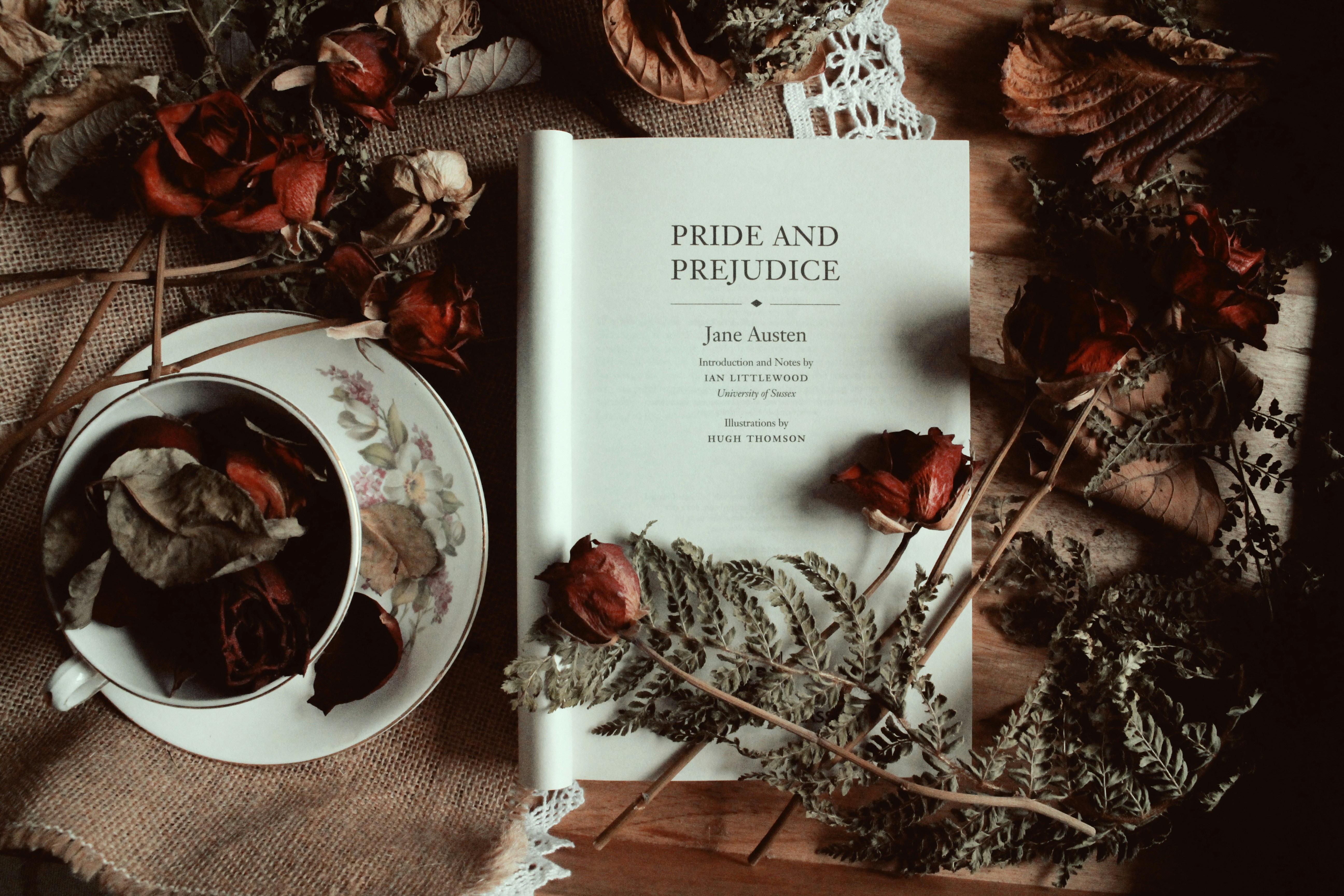
Pride and Prejudice
Potentially her most famous work, Pride and Prejudice is widely regarded as one of the most influential pieces of English literature ever written. The story has been adapted into various forms of media, and the narrative is said to have inspired such works as Mr Darcy's Diary, Pride, and Austenland.
Pride and Prejudice centres on Elizabeth Bennet, one of five sisters in a modest English family. The narrative sees the wealthy Mr. Bingley move nearby, and he subsequently falls for Elizabeth's sister, Jane. Meanwhile, Elizabeth initially dislikes his proud friend, the famous Mr. Darcy. Over time, Elizabeth discovers Darcy's true character and falls in love with him. The tale of Pride and Prejudice is as famous as its acclaimed author. The narrative explores love, pride, and social status.
Sense and Sensibility
Released in 1811, Sense and Sensibility is another one of Austen's most famous works. The tale of Sense and Sensibility follows the Dashwood sisters, Elinor and Marianne, who are left in reduced circumstances after their father's death. Elinor, representing 'sense,' is practical and reserved, while Marianne, embodying 'sensibility,' is emotional and impulsive. Elinor falls for Edward Ferrars, but their relationship faces obstacles. Marianne passionately loves John Willoughby, who eventually abandons her for a wealthier match. Through trials and heartache, both sisters learn to balance reason and emotion in their own way.
Mansfield Park
Mansfield Park follows Fanny Price, a poor girl sent to live with her wealthy relatives, the Bertrams. She grows up feeling overshadowed but develops feelings for her kind cousin, Edmund. While Edmund is infatuated with Mary Crawford, Fanny is pursued by Mary's brother, Henry. Fanny's steadfast morals prevail, and eventually, Edmund realises he loves Fanny. Despite not being as famous as the two Austen books mentioned, Mansfield Park has still garnered significant critical acclaim and attention, and the tale has been adapted into various forms of media.
Emma
Emma was the last of Jane Austen's novels to be published before her death. Emma follows its namesake, Emma Woodhouse, a wealthy and self-assured young woman who enjoys matchmaking. Despite her confidence, her meddling leads to misunderstandings and complications for herself and others. Throughout the novel, Emma grows in self-awareness and matures emotionally. Ultimately, she realises her love for her friend, Mr. Knightley, and they marry.
Persuasion
One of two novels to be published after her death, Persuasion follows Anne Elliot, a woman persuaded years earlier to break off her engagement to Frederick Wentworth due to his lack of wealth. Eight years later, Wentworth returns as a successful naval captain. Anne, still in love with him, navigates social pressures and misunderstandings. Eventually, Wentworth realises he still loves Anne, and they reconcile and marry.
Northanger Abbey
The other novel to be published after Austen's death is Northanger Abbey. The narrative follows Catherine Morland, a young and naive girl who loves Gothic novels. Invited to stay at Northanger Abbey, she lets her imagination run wild, suspecting dark secrets within the Tilney family's home. Despite her fanciful suspicions, she grows close to Henry Tilney. After a series of misunderstandings and personal growth, Catherine and Henry marry, which seems to be the pattern in many Austen novels.
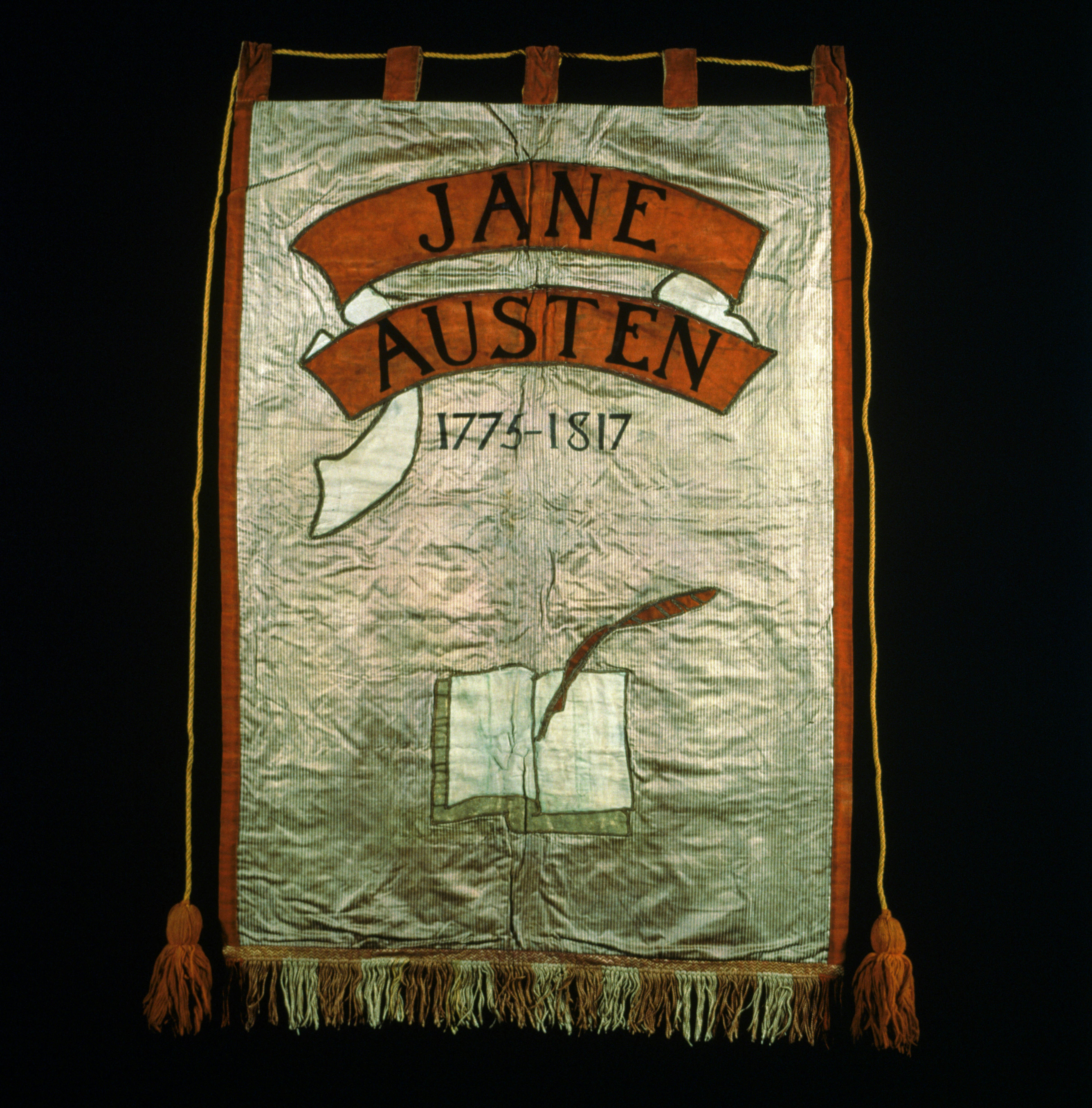
Jane Austen Quotes
Lines in Jane Austen's books are amongst the most famous lines in all literature. You’ll probably have heard some of the lines before or, at the very least, some variations of them::
'It isn't what we say or think that defines us, but what we do.'
- Sense and Sensibility
'It is a truth universally acknowledged, that a single man in possession of a good fortune, must be in want of a wife. '
- Pride and Prejudice
'The person, be it gentleman or lady, who has not pleasure in a good novel, must be intolerably stupid.'
- Northanger Abbey
'In vain have I struggled. It will not do. My feelings will not be repressed. You must allow me to tell you how ardently I admire and love you.'
- Pride and Prejudice
'Life seems but a quick succession of busy nothings.'
- Mansfield Park
'If I loved you less, I might be able to talk about it more.'
- Emma
'There is a stubbornness about me that never can bear to be frightened at the will of others. My courage always rises at every attempt to intimidate me.'
- Pride and Prejudice
'Time will explain.'
- Persuasion
Learn More About Jane Austen with Centre of Excellence
Jane Austen lived a fascinating life. Learn more about one of the greatest and most influential writers of all time with Centre of Excellence. There is so much more to learn about her life and more to dissect about her work. You can enrol in our Introduction to Jane Austen Diploma Course today for the discounted price of £29 (instead of the original £127). Why not start today?













